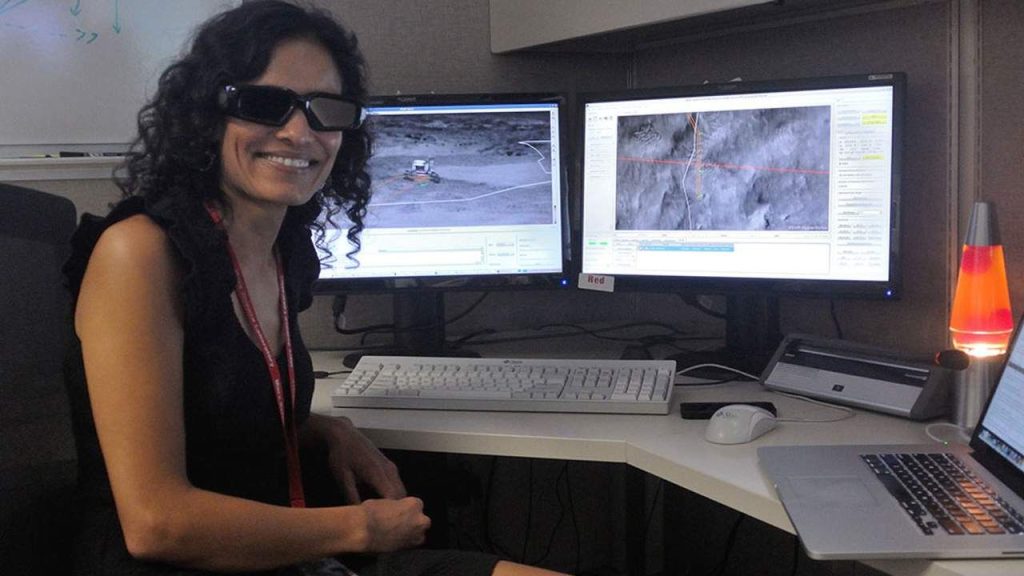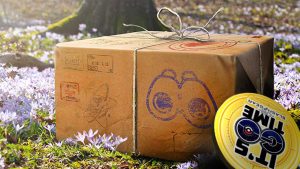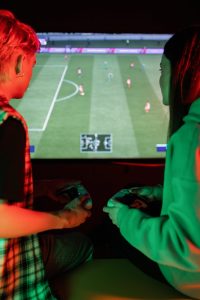
Perseverance rover conducts its first AutoNav drive
Because the Perseverance rover landed on Mars, it’s been driven round the planet’s surface by way of a driver focusing on earth. The drivers, like the one pictured in the image below, wear special 3D glasses so they can see obstacles rover must avoid better because the rover cruises over the surface of the Red Planet. However, NASA designed Perseverance to become more autonomous than past rovers.
The Perseverance rover comes with an integrated auto-navigation system called AutoNav. The machine makes 3D maps of the terrain ahead, identifying hazards and planning for a route around any obstacles without requiring data from controllers on the planet. Senior engineer, rover planner, and driver for NASA Vandi Verma (observed in the image below) says that the rover includes a capability called “thinking while driving,” meaning the rover is taking into consideration the autonomous drive while its wheels are turning.
That capability along with other improvements could enable Perseverance to attain a high speed of 393 feet each hour. Perseverance isn’t the initial NASA rover to be built with AutoNav. Curiosity uses a mature version of the feature and will only reach a speed around 66 feet each hour. The bigger speed represents a noticable difference of 4 or 5 times for Perseverance. The bigger speed allows the rover to visit further, helping to enhance the pace of science operations.
Improved navigation capabilities also allow Perseverance to undergo more complex terrain instead of on offer it, which NASA has been struggling to do before. Exceeding more technical terrain will open able the rover to create more discoveries in less time. However, NASA is clear that Perseverance can’t operate with AutoNav alone and can always need a rover team on the planet.
The air signal delay between Earth and Mars prevents human operators from controlling the rover in real-time. Instead, the team uses special glasses sometimes to review satellite images of the top of Mars near the rover. Those investigations help plot the course, that is later delivered to the rover to execute.






